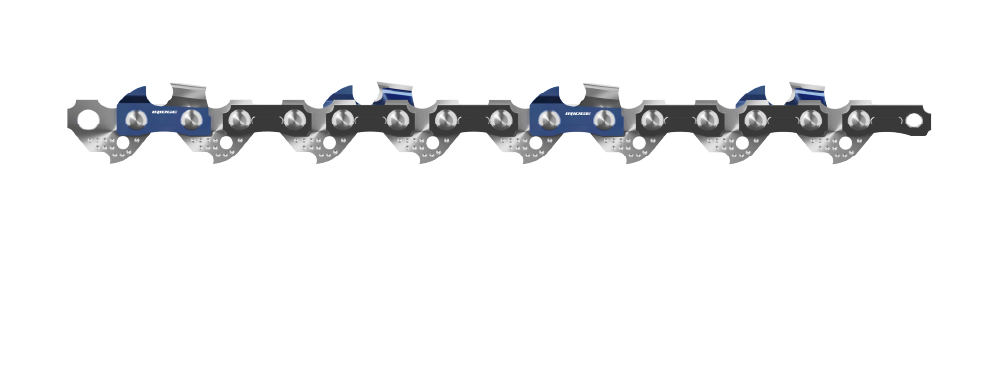Chainsaw chain tension is a critical factor that significantly influences both the service life of the chain and the overall effectiveness of sawing operations. Understanding the relationship between chain tension, performance, and wear can lead to more efficient and safer chainsaw use.
Proper tensioning of the chainsaw chain is essential for optimal performance. A correctly tensioned chain allows for effective cutting and minimizes wear. The tension should allow the chain to move freely around the guide bar while still being taut enough to prevent it from slipping off. Manufacturers typically provide specific tensioning guidelines, which should always be followed to ensure proper operation.
When the chain is too loose, it can derail, leading to interruptions in cutting. A loose chain can also cause increased friction, making the saw less efficient and requiring more effort to cut through wood. Conversely, a properly tensioned chain engages effectively with the wood, enhancing cutting speed and precision.
Una catena ben tensione fornisce tagli puliti e lisci. An excessively loose chain may result in rough cuts, as the teeth do not maintain consistent contact with the material. This not only affects the aesthetic quality of the cut but can also compromise the overall integrity of the material being cut.

Over time, chainsaw chains naturally stretch due to repeated use and heat generated during cutting. If the chain is consistently run at improper tension, it can exacerbate this stretching, leading to premature wear. A too-tight chain can cause excessive wear on both the chain and the guide bar, reducing their lifespan.
Una catena tensione errata può posizionare ulteriori sollecitazioni sulla barra di guida e sul pignone. Se la catena è troppo stretta, può causare deformazioni o danni a questi componenti. Conversely, a loose chain may lead to uneven wear, affecting the alignment and performance of the entire saw.
La tensione della catena impropria può anche comportare rischi per la sicurezza. A loose chain can derail, leading to potential injury to the operator or bystanders. Additionally, if the chain is too tight, it may cause the chainsaw to bind or kick back, increasing the risk of accidents. Il corretto tensionamento non è quindi solo cruciale per le prestazioni ma anche per un funzionamento sicuro.
Gli operatori devono essere a conoscenza dei segni che indicano una tensione della catena impropria:
If the chainsaw struggles to cut through wood or requires excessive force, the tension may be off.Frequent derailing of the chain is a clear indicator of insufficient tension.If the chain or guide bar shows signs of abnormal wear, it may suggest that the tension is not properly adjusted.
Regular maintenance and adjustment of chain tension are essential for prolonging the service life of both the chain and the saw. Operators should:
Ispezionare sempre la tensione prima di iniziare un lavoro di taglio. Adjust as necessary based on the manufacturer’s specifications.It’s advisable to periodically check the tension during extended use, especially in heavy-duty cutting situations, and adjust as needed.Proper lubrication not only aids in smoother operation but also reduces friction and wear, indirectly supporting optimal tension settings.
La tensione della catena di catene svolge un ruolo cruciale nel determinare la durata della catena e l'efficacia delle operazioni di segale. Una tensione adeguata garantisce un taglio efficiente, minimizza l'usura e migliora la sicurezza. Regular checks and adjustments are vital to maintaining optimal chain performance, prolonging the lifespan of both the chain and the chainsaw, and ensuring safe operation. Dare la priorità alla gestione della tensione della catena, gli utenti possono ottenere risultati di taglio migliori ed estendere la durata delle loro attrezzature.




